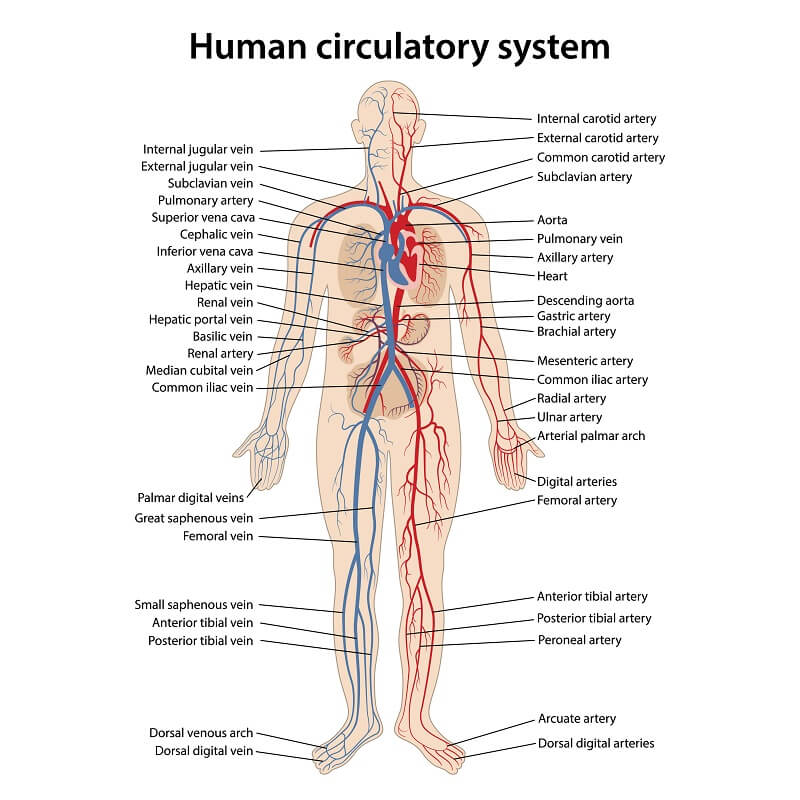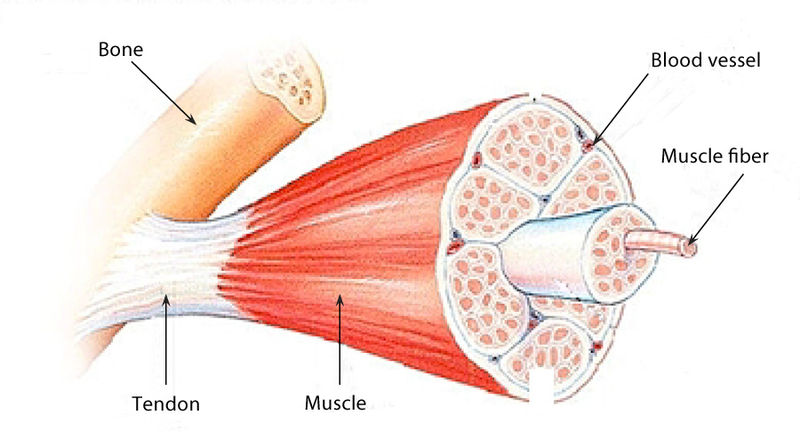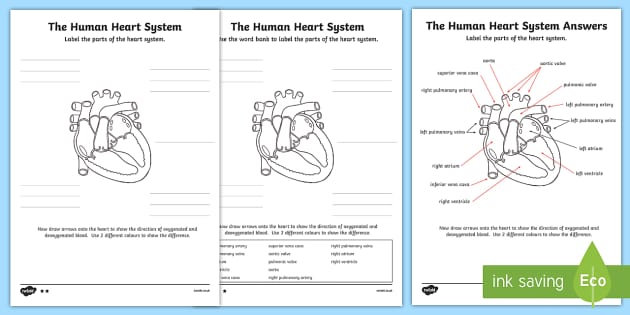Label The Blood Vessel Human Bio / Lab 7 Blood Vessels Flashcards Quizlet - The brain's blood vessels are lined with endothelial cells that are wedged tightly together, creating a nearly impermeable boundary between the brain and bloodstream.
Label The Blood Vessel Human Bio / Lab 7 Blood Vessels Flashcards Quizlet - The brain's blood vessels are lined with endothelial cells that are wedged tightly together, creating a nearly impermeable boundary between the brain and bloodstream.. One system, the pulmonary vessels, transports blood from the right ventricle to the lungs and back to the left atrium. 2 (c) the pathogenic organisms were introduced into the blood by a mosquito while a) the diagrams below show transverse sections (ts) of three human blood vessels the aorta, another artery and a vein. The blood vessles of the human heart. Perhaps the same technique could be applied to slices? Learn vocabulary, terms and more with flashcards, games and other study tools.
Since the plausible upper limit on average blood vessel diameter is 30 microns, it seems. A blood vessel is any of the tubular channels that convey blood throughout the body, whether arteries (including threadlike arterioles) that convey blood away from the heart, veins (including threadlike venules) that convey blood toward the heart, or the tiny capillaries that connect arterioles and venules. The blood then moves into successively smaller arteries, finally reaching their smallest branches, the arterioles, which feed into the capillary beds of body organs and tissues. This is very important, because your blood carries oxygen to all the organs and tissues of your body. It also defends against disease.

Blood vessels and lymph nodes.
Pulmo = lungs), and the other. A blood vessel is any of the tubular channels that convey blood throughout the body, whether arteries (including threadlike arterioles) that convey blood away from the heart, veins (including threadlike venules) that convey blood toward the heart, or the tiny capillaries that connect arterioles and venules. Blood vessel histology model bio 208. They also take waste and carbon dioxide away from the tissues. The body's tissues need to have oxygen every minute to survive. Blood pressure results from the blood flow force generated by the pumping heart and the resistance of the blood vessel walls. The heart, blood, and blood vessels are the major components of the cardiovascular system. This blood is no longer under much pressure, so many veins have valves that prevent backflow of blood. Blood transports substances around the body to every cell and removes toxic waste. All the blood vessels of the human body have a total length of 1,00,000 km (62,000 miles). Have thick elastic and muscular walls. The arteries and veins on the vessel man model note that pulmonary arteries and veins are colored by type in the labels but colored red or blue based on oxygenation on the model itself. It also defends against disease.
This is very important, because your blood carries oxygen to all the organs and tissues of your body. One system, the pulmonary vessels, transports blood from the right ventricle to the lungs and back to the left atrium. Arteries transport blood away from the heart. These vessels transport blood cells, nutrients, and oxygen to the tissues of the body. Learn vocabulary, terms and more with flashcards, games and other study tools.

Learn vocabulary, terms and more with flashcards, games and other study tools.
Like the bustling factory, the body must have a transportation system to carry its various cargos back and forth, and this is where the cardiovascular system steps in. Perhaps the same technique could be applied to slices? Arteries transport blood away from the heart. Blood vessel histology model bio 208. These keep the blood flowing the right direction by closing if any blood tries to flow backwards. This blood is no longer under much pressure, so many veins have valves that prevent backflow of blood. They have walls made of muscle. Have thick elastic and muscular walls. 4.1, label (i) a white blood cell, (ii) a red blood cell infected with the pathogenic organism. That's enough to go around the world twice.the size of blood vessels varies enormously, from , b tech bio technology cancer & human biology, sree sastha institute of engineering and technology (2020). Nutrients and metabolic end products move between the capillary vessels and the surroundings of the cell through the interstitial fluid by diffusion and mediated transport. The blood vessels are the components of the circulatory system that transport blood throughout the human body. Blood flows throughout the body tissues in blood vessels, via bulk flow (i.e., all constituents together and in one direction).
One system, the pulmonary vessels, transports blood from the right ventricle to the lungs and back to the left atrium. The blood vessles of the human heart. Blood transports substances around the body to every cell and removes toxic waste. The difference in the structural characteristics of arteries, capillaries and veins is attributable to their respective functions. Blood vessels created in the lab can successfully turn into living tissue in patients on dialysis for advanced kidney disease, a new study suggests.

Blood vessels flow blood throughout the body.
16 486 просмотров 16 тыс. The brain's blood vessels are lined with endothelial cells that are wedged tightly together, creating a nearly impermeable boundary between the brain and bloodstream. Blood vessels and lymph nodes. This is very important, because your blood carries oxygen to all the organs and tissues of your body. The blood then moves into successively smaller arteries, finally reaching their smallest branches, the arterioles, which feed into the capillary beds of body organs and tissues. A blood vessel is any of the tubular channels that convey blood throughout the body, whether arteries (including threadlike arterioles) that convey blood away from the heart, veins (including threadlike venules) that convey blood toward the heart, or the tiny capillaries that connect arterioles and venules. Veins are vessels that return blood to the heart. That's enough to go around the world twice.the size of blood vessels varies enormously, from , b tech bio technology cancer & human biology, sree sastha institute of engineering and technology (2020). They have walls made of muscle. Perhaps the same technique could be applied to slices? They also take waste and carbon dioxide away from the tissues. Blood vessels (types, structure and function): All the blood vessels of the human body have a total length of 1,00,000 km (62,000 miles).
Komentar
Posting Komentar